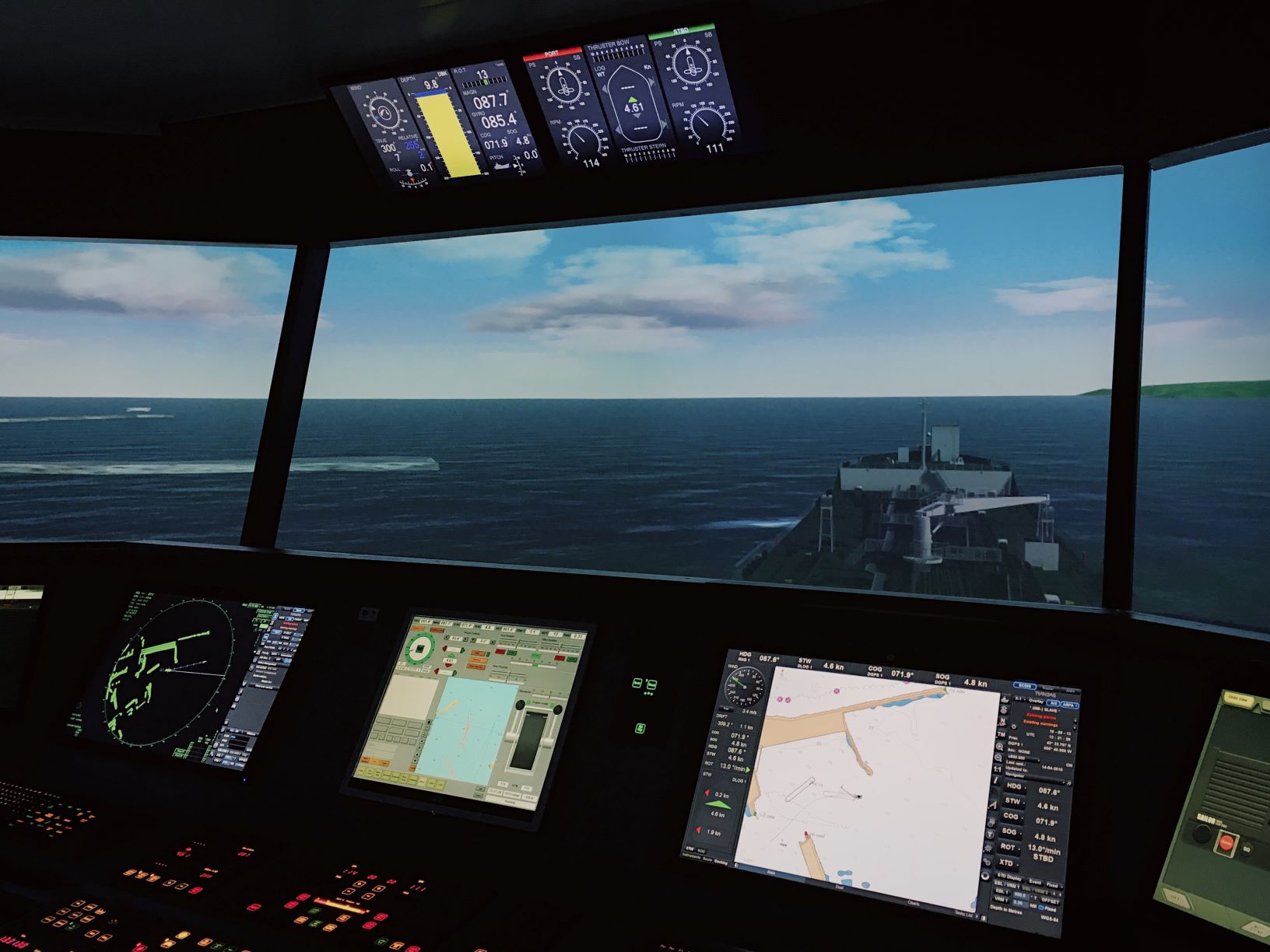
Introduction
In a lot of cases we accept this phrase without digging deeper into what we mean by ‘human error’.
Working Environment v Simulated Environment
The classroom environment through a programme of study and ‘on the job’ training in the workplace. These different forms of knowledge are summarised in the table below.[2]
|
Explicit Knowledge |
Tacit Knowledge |
|
1. Formulated, abstracted and transferrable |
Action-orientated personal quality, difficult to communicate |
|
2. Generated through logical deduction and formal study |
Gained by practical experience in the relevant context |
|
3. Single location, stored in logical forms. |
Acquired through variety of experience and the individual’s involvement. |
The challenge for Merchant Navy trainees following an approved programme, is that they only require 12 months seatime to gain the tacit knowledge they require before they can qualify as an Officer of the Watch.
The shipping industry is one of a number of ‘high stakes’ sectors which uses simulators and there are a number of case studies in the medical, legal and fire-fighting sectors which are examples of how simulation can create a ‘safe rehearsal area’ in which a candidate can practice skills and be assessed by the training institution.
There is more responsibility on the educational institution to not only deliver the formal academic element of the programme but to develop the tacit knowledge which a trainee would previously have constructed through their social and material experiences on board a ship.
This has implications for the safe navigation of ships.
Human Error and Tacit Knowledge
For this to be effective however, we must understand the two parts of the training process which is the equipment that is used to deliver the training and the qualities of the instructor.
The learning and transferrable skills are a result of the actions of the instructor and their interaction with the participants. The way the exercise is created with clear learning objectives and the way it is communicated to participants is important. Not forgetting the most crucial part of the process which is the feedback given to the candidates.
The Future
It’s for this reason that there although a simulator can provide a ‘protected area’ to allow participants to practice and master situations, the learning process is complex and time in a simulator cannot directly equate to time spent at sea.’
Conclusion
As more research is conducted in the area of ship simulator assessment, we will see training that includes all facets of life onboard a ship will result in a greater understanding of the ‘human factors’ which are the cause of so many accidents at sea.
[1] Hanzu-Pazara, R., Barsan, E., Arsenie, P., Chiotoroiu, L. and Raicu, G. (2008). Reducing of Maritime Accidents Caused by Human Factors Using Simulators
[2] Lam, A. (2000). Tacit Knowledge, Organizational Learning and Societal Institutions: An Integrated Framework
[3] Peckham, K., Adams, A., Marler, C. and Alexakis, C. (2018). Can You Practice When You're Not Really There?.
[4] Hanzu-Pazara, R., Barsan, E., Arsenie, P., Chiotoroiu, L. and Raicu, G. (2008). Reducing of Maritime Accidents Caused by Human Factors Using Simulators
[5] Hontvedt, M. and Arnseth, H. (2013). On the bridge to learn: Analysing the social organization of nautical instruction in a ship simulator
[7] Sellberg, C., Lindmark, O. and Rystedt, H. (2018). Learning to navigate: the centrality of instructions and assessments for developing students’ professional competencies in simulator-based training